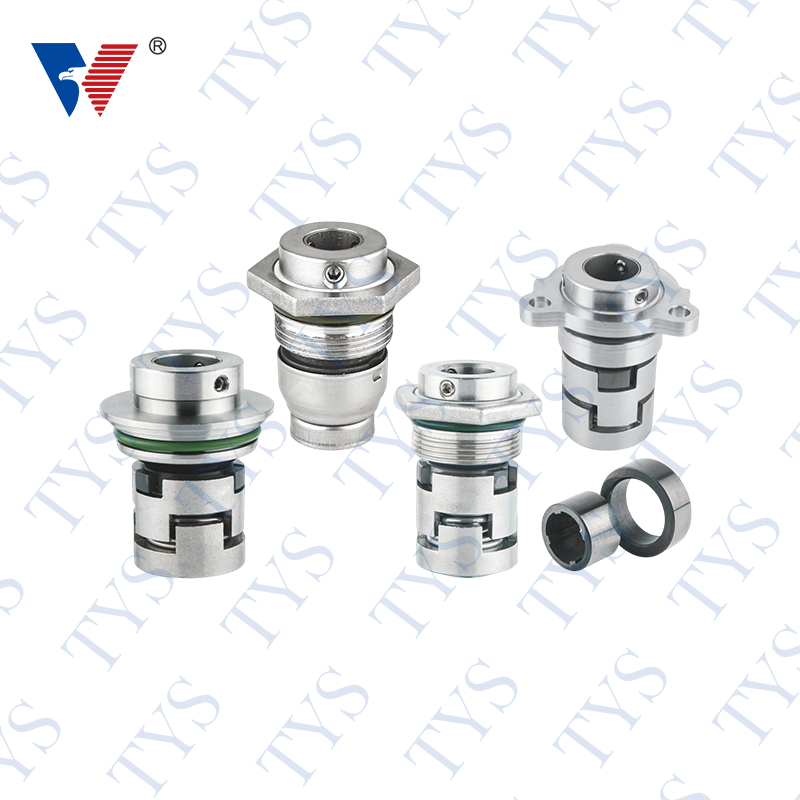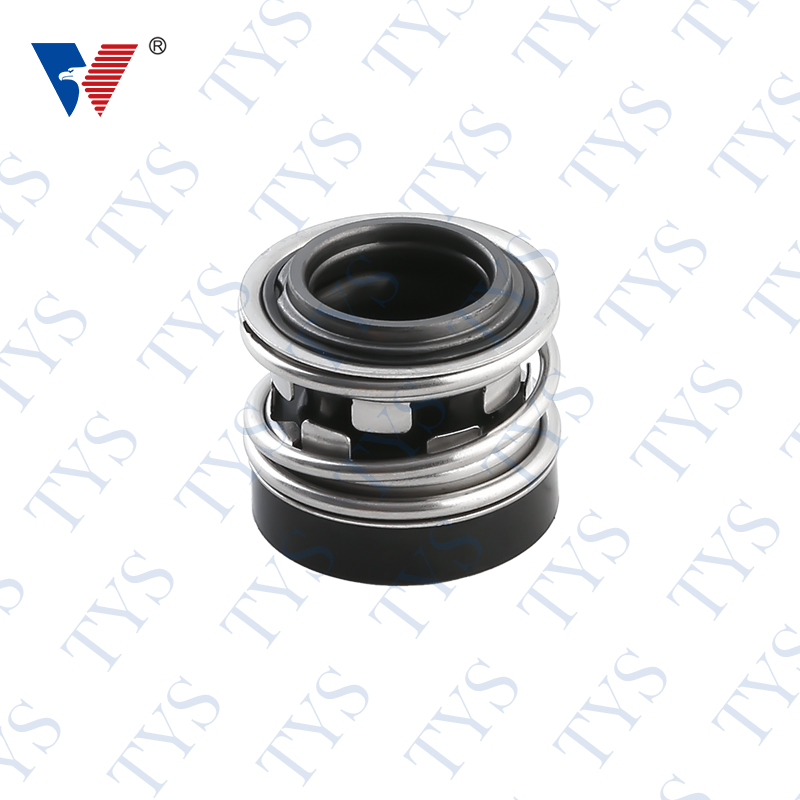Rubber seals are versatile materials used for a variety of applications
Author:admin Date:2023-01-06
Three Core Elements of a Rubber Seal
Rubber seals are versatile materials used for a variety of applications. They are often found in industries that involve oil, gas and mining. They are commonly used for watertight sealing. Seals can also be used in a variety of other fields. Choosing the right material is important for the seal to function correctly. However, there are several factors that can affect the seal's performance.
Temperature is a major factor that can affect the seal. Certain rubber compounds are not capable of withstanding extreme temperatures. This can be problematic, as the seal could suffer from cracking and loss of flexibility. A good temperature limit is necessary to prevent such problems.
There are many different types of rubber, each with a different maximum temperature resistance. Besides the temperature, the shape of the seal can also make the difference. Therefore, the designer must consider all three variables when choosing a seal. These include the size of the cross-section, the closing force and the surface area. The seal must also be able to withstand the medium that it will be in contact with.
To create a seal, the rubber needs to be processed. It must undergo a series of shaping and treatment processes. Depending on the application, the rubber seal may be formed through injection molding, extrusion or other thermoforming techniques. In some cases, the seal may also be designed through die-cutting. Die-cutting mimics the cross-section of the part. If this is done, the operator will not be required to interact with the part during the process.
When designing the seal, the designer should consider its purpose. For example, is the seal intended for a static or dynamic application? Do the components have to withstand pressure? Are they exposed to harsh chemicals? Does the seal have to perform at high or low temperatures? Also, is the seal made from a single rubber compound or a combination of compounds?
One of the best seals is an open-closed one. This type of seal has a curved or circular cross-section. It is ideal for sealing an opening or closing a gap between two surfaces. It is the most common type of seal. Another option is the tubular gasket, which is a long tube that has a different diameter at each end.
Whether the seal is a simple open-closed or a complex design, there are three core elements that are responsible for its performance. These include the material, the construction and the design. By knowing these three key variables, you can produce an effective seal.
Several seals are standardized, but there are also countless variations. Most of these are not standardized and must be tailored to meet the needs of the specific application. Hence, it is essential that the seal is tested for its performance and its tolerances. Tests should be performed in the environment where the seal will be used.
While the selection of the seal material and its tolerances is crucial, the construction is equally important. For instance, the surface of the room where the seal will be installed must be smooth. Too rough a surface can lead to sticky slippage in dynamic applications.

Silicon Carbide, Tungsten Carbide Technical Parameters
|
Item |
Unit |
Parameter |
|||
|
SSIC |
SSIC+G |
SSIC+V |
SSIC+M |
||
|
Voume Density |
g/cm |
≥3.10 |
≥2.80~3.05 |
≥2.95 |
≥2.70 |
|
%Porosity% |
% |
≤0.2 |
≤0.5 |
≤5 |
≤5 |
|
Hardness |
HRA/HS |
≥92(HRA294) |
≥91(HRA294) |
||
|
Bending Strength |
MPa |
≥400 |
≥190 |
≥150 |
≥120 |
|
Elastic Modulus |
GPa |
≥418 |
≥350 |
≥325 |
≥195 |
|
Compressive Strength |
MPa |
>2500 |
>1600 |
>1500 |
>900 |
|
Thermal Expansion Coefficient |
10/℃ |
4 |
3.0 |
2.6 |
2.5 |
|
Content of Sic |
% |
≥98 |
≥92 |
≥97.5 |
≥90 |
|
Temperature |
℃ |
1400 |
1400 |
1400 |
1400 |



 English
English 中文简体
中文简体








.png)







